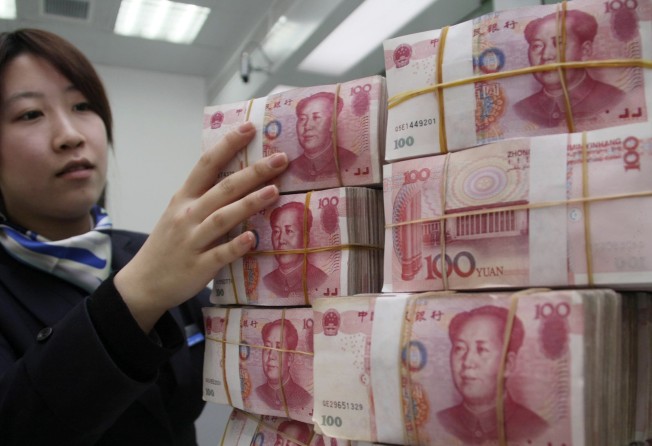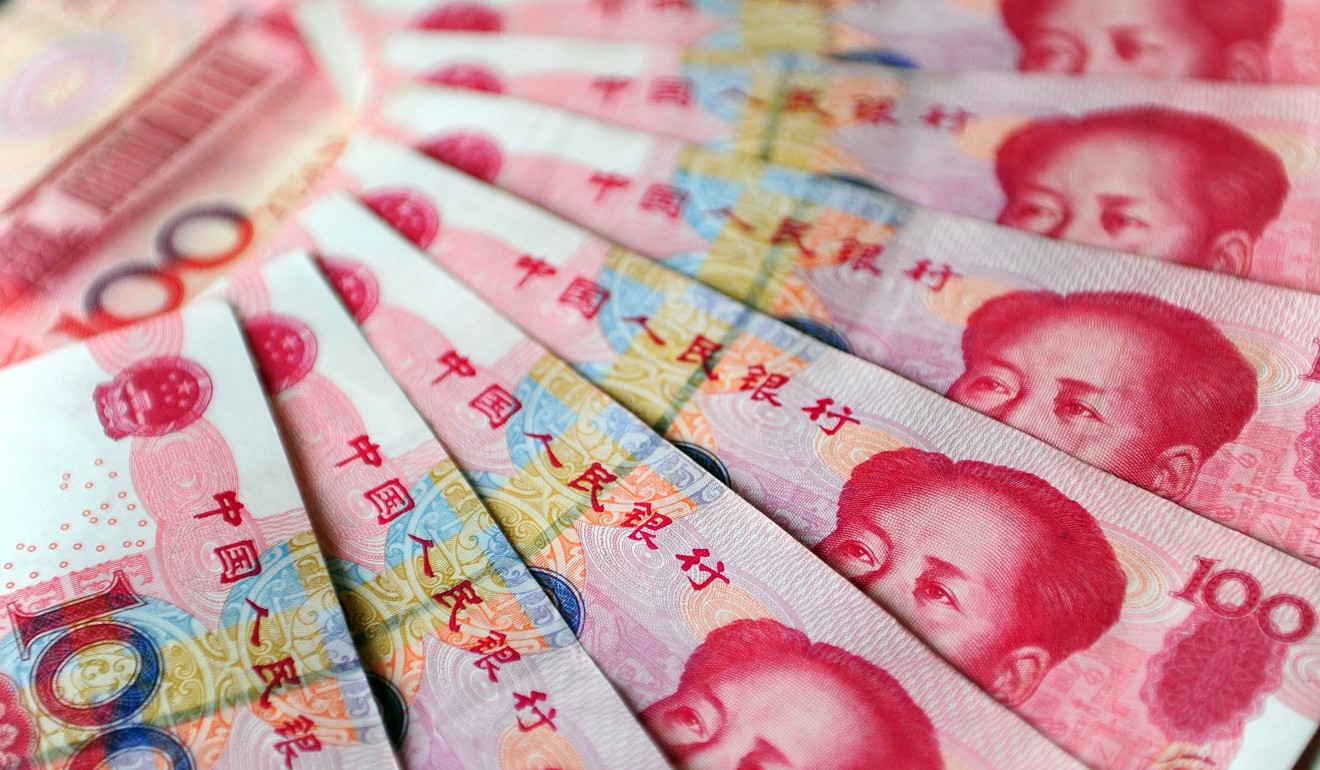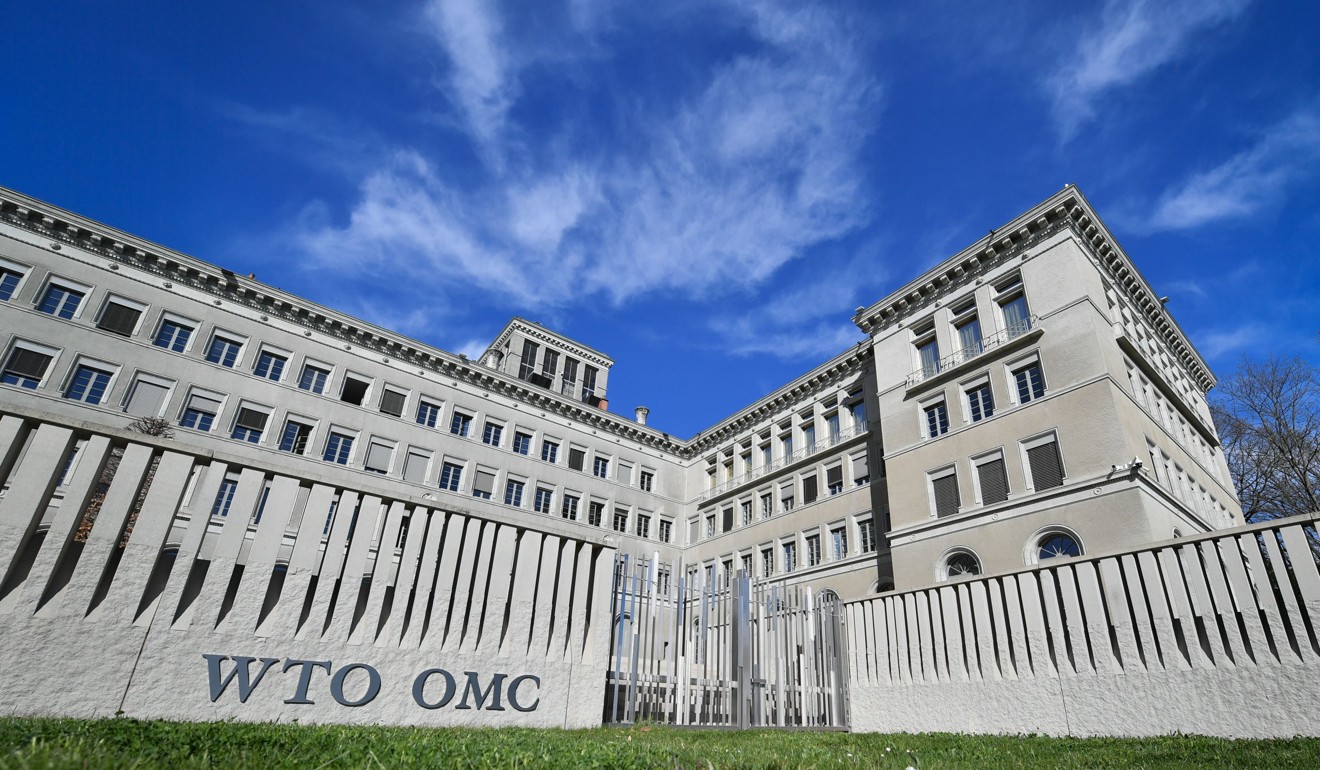
China makes it easier for foreign investors to get money out, but who wants to qualify for it?
Changes to the qualified foreign institutional investor programme will lift both a remittance ceiling and a three-month lock-up period

China’s central bank and foreign exchange regulator have tweaked a clunky, underused old channel that once was foreign institutional investors’ only pathway to buying the country’s onshore stocks and bonds, making another tiny bureaucratic step in capital account liberalisation.
Under a rule change posted on the website of the State Administration of Foreign Exchange on Tuesday, it will now be easier for participants in the qualified foreign institutional investor programme (QFII) to move money out of the country, following the lifting of a remittance ceiling and a three-month lock-up period. In addition, QFIIs in China will be allowed to conduct hedging to manage foreign exchange risks, according to the posting.

By making the change, Beijing hopes that more foreign investors will be willing to join the current 287 investors qualified to bring money into China’s capital market. Beijing’s limit of outward remittance in the scheme had been an obstacle for China shares to be included in a global benchmark.
MSCI had determined in June 2016 not to include China A shares in the MSCI emerging markets index, partly because of the existence of the monthly limit, but it decided to allow A shares into the index in 2017 after China opened channels other than QFII to give offshore investors access to onshore securities.
Some analysts were quick to dismiss the changes to the QFII – introduced by the mainland in 2003 to meet foreign investors’ demand for a foothold in China’s stock market – as cosmetic and symbolic.
Shao Yu, chief economist at Oriental Securities in Shanghai, said China needed to make it even easier for funds to be taken out of China under the QFII scheme, if it still wanted investors to use it.
He called the rule change an attempt to keep the programme from “being marginalised” by alternative investment pathways, including the stock links between Hong Kong and mainland stock exchanges, gaining popularity with investors.
The move also sent a message from the government that the “capital account liberalisation process is not off”, Shao said.
Xie Yaxuan, an analyst with China Merchants Securities, wrote in a research note that the lock-up period requirement and repatriation limit had “dampened the enthusiasm of foreign investors”, and the removal of them was expected to make the QFII scheme more attractive.
By making it easier for QFII to make outbound remittance, Beijing had also sent a message it wanted “two-way” capital flows, he said.
Under the old rules, a foreign institution invested in China’s onshore securities market through QFII could remit only up to 20 per cent of its investments every month. Investors were prevented from moving capital out of the country for the first time by a three-month lock-up period.

Notwithstanding the changes, the QFII will remain a tough sell to potential investors when alternative channels today offer easier access to mainland stocks and bonds, according to critics.
The choices include direct stock links between Hong Kong and mainland stock exchanges and the northward bond link that allow overseas investors to buy bonds in China’s interbank market.
The mainland introduced the QFII scheme soon after China joined the World Trade Organisation.
As foreign investors jostled to get a foothold in the stock market of the world’s most populous country, it set high thresholds to limit access to what it deemed to be only the best investment institutions.
Although various rule amendments over the years have loosened up the entry requirements somewhat, the process of becoming a QFII participant has remained arduous.
A foreign institution must first submit a long list of documents to the China Securities Regulatory Commission. Asset management firms must have securities under management of at least US$500 million, while banks must have at least US$5 billion.
If an investor-candidate passes the security watchdog’s scrutiny, it must apply to China’s foreign currency regulator, the State Administration of Foreign Exchange (SAFE), for an investment quota that can range from US$20 million to US$5 billion.
The approved investor then must find a local “custodian” bank that will agree to work with it to buy Chinese stocks and securities.
QFII is not Beijing’s invention. The self-ruled island of Taiwan launched a similar system in 1979, ending it in 1992 after freeing up its capital account controls.

Over the 15 years that QFII has existed on the mainland, Beijing has insisted that the liberalisation of China’s capital account be conducted gradually, without a fixed timetable.
But QFII’s popularity began to wane when the country’s economic growth slowed and the state’s policy of excessive intervention made investors cautious about putting money into the marketplace.
According to data published by SAFE, of the combined quota of US$150 billion that China has granted under QFII, just US$100 billion had been taken out by 287 foreign institutions as of the end of May – a relatively tiny amount in China’s US$7 trillion onshore stock market.
Swiss investment bank UBS AG, which has units in Hong Kong and Singapore, has chalked up the biggest quota for a single group – US$3 billion.
Only two institutions have applied for new investment quotas in 2018: Asset Management One of Japan, which sought a US$300 million quota in February, and CIFM Asset Management (Hong Kong), the Hong Kong unit of a Chinese firm, which had requested a US$100 million quota in April, according to SAFE.